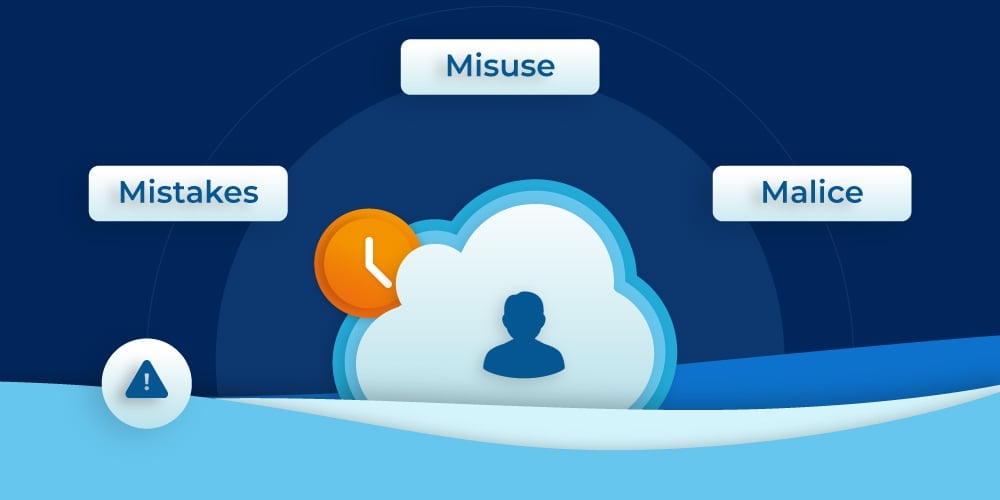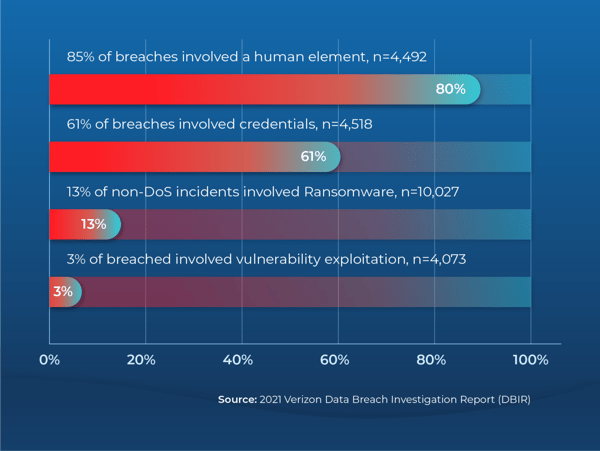The Cloud Demands More Flexible Security Measures
Traditional PAM solutions scan environments at fixed intervals, but cloud resources are constantly scaling up and down. This could result in cloud assets being unmonitored for a significant time period. Meanwhile, privileged credentials sit around, vulnerable to attack.
In addition, traditional approaches for securing privileged accounts don’t effectively address privilege sprawl or persistent privilege, nor do they provide timely visibility across hybrid environments and applications.
Enterprises must assess real-time activity among elastic workloads, accounts, and access. For example, remote workers routinely use multiple devices to connect to various data and systems. To reduce access misuse, these devices, accounts, and sessions should be in the real-time purview of security leaders.
Further, they must identify risky or misconfigured objects and automatically trigger remediation steps, including reversal, exception approval, or quarantine. This is akin to ‘closing the door’ on excessive permissioning — a remedy to the practice of giving privileged accounts excessive access in the name of expediency. Similarly, it addresses the orphaned account issue, those forgotten accounts that sit on the network, primed for misuse.








